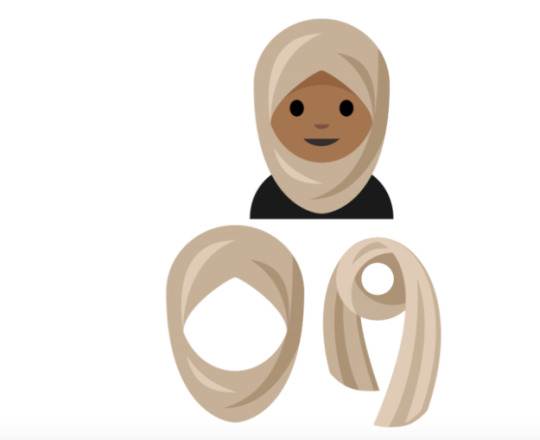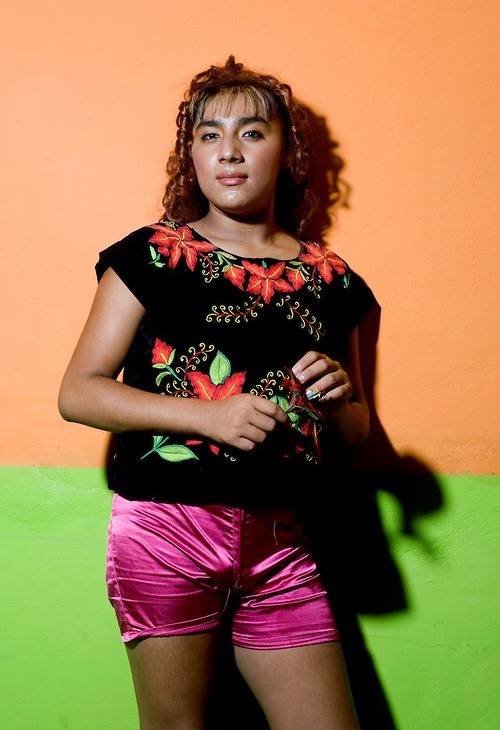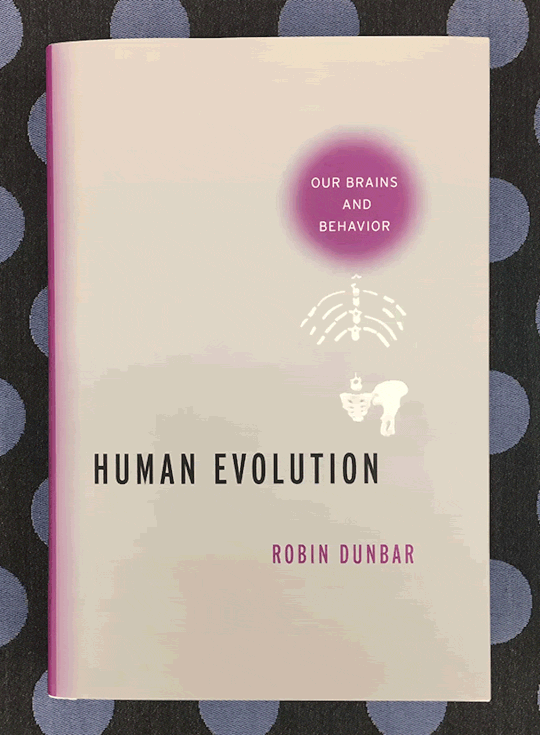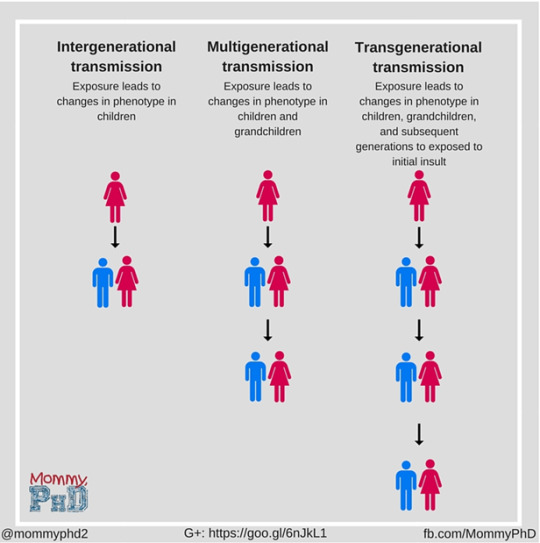Photo

From opposable thumbs to complex language, the question of ‘what makes humans unique?’ has been asked for centuries. In an effort to answer this question, genetic research has been carried out to determine what distinguishes humans from other mammals, and mammals from other classes of creature.
Scientists identified 6,000 families of genes which are present only in mammals. Furthermore, a significant number of these genes evolved in mammals for the first time – in other words, the genes are not derived from a common ancestor before the arrival of mammals. These unique genes include some which relate to how skin is structured, and why it is different to that of reptiles, or fish, and so on. Other unique genes were also found which help protect the body against disease.
While the scientific question of humanity has been answered (to some degree), the philosophical question of ‘what makes us human?’ will likely remain unanswered for many centuries to come.
Image: Students in an introductory Biology course were studying hominid evolution and took the opportunity to compare 3 different human skulls to themselves. By Carolyn Wllcztnski. CC BY 4.0 via Wikimedia Commons.
59 notes
·
View notes
Link
Slang tied to social groups but untethered by convention is language at its most raw and real.
In our technology-driven era, slang is just as susceptible to careful research as anything else.
85 notes
·
View notes
Link
288 notes
·
View notes
Photo

Portions of the Brain Fall Asleep and Wake Back up All the Time
When we are in a deep slumber our brain’s activity ebbs and flows in big, obvious waves, like watching a tide of human bodies rise up and sit down around a sports stadium. It’s hard to miss.
Now, Stanford researchers have found, those same cycles exist in wake as in sleep, but with only small sections sitting and standing in unison rather than the entire stadium. It’s as if tiny portions of the brain are independently falling asleep and waking back up all the time.
What’s more, it appears that when the neurons have cycled into the more active, or “on,” state they are better at responding to the world. The neurons also spend more time in the on state when paying attention to a task. This finding suggests processes that regulate brain activity in sleep might also play a role in attention.
“Selective attention is similar to making small parts of your brain a little bit more awake,” said Tatiana Engel, a postdoctoral fellow and co-lead author on the research, which is scheduled to publish Dec. 1 in Science. Former graduate student Nicholas Steinmetz was the other co-lead author, who carried out the neurophysiology experiments in the lab of Tirin Moore, a professor of neurobiology and one of the senior authors.
“Selective modulation of cortical state during spatial attention” by Tatiana A. Engel, Nicholas A. Steinmetz, Marc A. Gieselmann, Alexander Thiele, Tirin Moore, and Kwabena Boahen in Science. Published online December 1 2016 doi:10.1126/science.aag1420
Understanding these newly discovered cycles requires knowing a bit about how the brain is organized. NeuroscienceNews.com image is in the public domain.
503 notes
·
View notes
Link


“This afternoon, during its 149th meeting, the Unicode Consortium approved 56 new emojis for the Unicode 10 release. The new emojis are based on proposals submitted to the consortium over the past year and include a hijab emoji, a breastfeeding emoji, a cut of meat emoji, a sandwich emoji, a T. rex emoji, and a man with a monocle emoji.
You can view the full list here.”
Read the full piece here
490 notes
·
View notes
Photo







The Muxes of Juchitán
Juchitán is a town in the southeast of the Mexican state of Oaxaca. The town which is largely inhabited by the Zapotec Indigenous people, has not only preserved it’s precolonial language and culture, but has also retained gender identities and roles that transcend the traditional western ones. Those which were subjected onto much of the rest of Mexican society by European colonizers.
This contrasting expression of gender that survives among the Zapotec and Mestizo communities of southern Oaxaca, takes its form in the concept of the muxe. Muxe is a term used to refer to those assigned male at birth, but who identify either as women or as a distinct third-gender. They are an intrinsic part of Zapotec society, and highly respected for the roles they play in families, such as taking care of their elderly parents when their siblings have moved out of the household. Despite the acceptance of them in many rural areas, they face discrimination in more urban areas, mainly by non-Indigenous people who have inherited the Spanish cultural attitude of machismo.
42K notes
·
View notes
Quote
Is there a neural basis for human virtues? Consider, for instance, the act of making a promise and keeping it, even at a cost in terms of material payoffs. This is considered to be a virtuous act in most cultures, yet it is at odds with a model, based purely on self-regarding preferences. Indeed, oral and non-binding promises might have been the precursor of modern legally enforceable contracts that underpin economic exchange.
The Foundations of Behavioral Economic Analysis by Sanjit Dhami (via oupacademic)
50 notes
·
View notes
Photo



New Books in New York. What does it really mean to be human? There’s a lot more to us than the evolution of just “stones and bones.”
Images and GIF by Priscilla Yu for Oxford University Press.
116 notes
·
View notes
Text
Free will in humans

“Why is it okay to hold humans, but not cats, responsible for what they do? Arguably, it’s because human acts can be free in a sense that feline acts cannot. We have free will, and cats don’t (in a full-blown sense of having free will, which is required to be morally responsible for things). But what does having free will consist in?”
- Carolina Sartorio on free will, morality, and human behavior.
Image Credit: Photo of a cat by rihaij. CC0 via Pixabay.
78 notes
·
View notes
Photo

“The Second World War is such an important thing still for us today, it’s such an easily mobilized idea politically, and it matters to people so much.”
-Daniel Todman on Britain’s War and the everlasting significance of WWII.
Image credit: Pilots of No. 112 Squadron RAF grouped round the nose of one of their Curtiss Tomahawks at LG 122, Egypt. Public Domain via Wikimedia Commons.
64 notes
·
View notes
Quote
Women experience conflicts differently to men as victims of sexual violence, internally displaced persons, refugees, combatants, heads of households and political and peace activists… Hence, the [UN Resolution 1325] calls for a gender perspective when planning refugee camps and peacekeeping operations, and recognizes the importance of the representation of women when reconstructing war-torn societies. The resolution identifies women as both victims and participants in armed conflict, as well as ‘agents of change’.
What is UN Resolution 1325? From The development of the women, peace, and security agenda in the SIPRI Yearbook 2016. (via oupacademic)
92 notes
·
View notes
Text
Richard Dawkins on Facebook Live

How can evolution be explained? Does it act on individual organisms or populations as a whole, or does it go even further to natural selection at a genetic level?
In celebration of the 40th anniversary of The Selfish Gene, we’ll be broadcasting the evolutionary biologist, Richard Dawkins, live on the Oxford Academic Facebook page on Friday, 7th October at 7pm GMT (2pm ET). Along with Lord John Krebs, Richard will be reflecting on his books, his life, and the theory of gene-centered evolution.
Image: © Oxford University Images/Joby Sessions
34 notes
·
View notes
Photo

Horses can use symbols to talk to us
There will never be a horse like Mr. Ed, the talking equine TV star. But scientists have discovered that the animals can learn to use another human tool for communicating: pointing to symbols. They join a short list of other species, including some primates, dolphins, and pigeons, with this talent. Scientists taught 23 riding horses of various breeds to look at a display board with three icons, representing wearing or not wearing a blanket. Horses could choose between a “no change” symbol or symbols for “blanket on” or “blanket off.” Previously, their owners made this decision for them. Horses are adept at learning and following signals people give them, and it took these equines an average of 10 days to learn to approach and touch the board and to understand the meaning of the symbols. All 23 horses learned the entire task within 14 days. They were then tested in various weather conditions to see whether they could use the board to tell their trainers about their blanket preferences. The scientists report online in Applied Animal Behaviour Science that the horses did not touch the symbols randomly, but made their choices based on the weather.
519 notes
·
View notes
Video
vine
San Diego Zoo:
We’ve learned that endangered Hawaiian crows are highly skilled tool users. But they still hate sharing. #EndExtinction
2K notes
·
View notes
Photo

Monkeys in zoos have human gut bacteria
A new study led by the University of Minnesota shows that monkeys in captivity lose much of their native gut bacteria diversity and their gut bacteria ends up resembling those of humans. The results suggest that switching to a low-fiber, Western diet may have the power to deplete most normal primate gut microbes in favor of a less diverse set of bacteria.
The study was published in the most recent issue of the Proceedings of the National Academy of Sciences (PNAS).
Squirrel monkey on a branch (stock image). To better understand how changes in diet, lifestyle, and exposure to modern medicine affect primates’ guts, a team of researchers used DNA sequencing to study the gut microbes of multiple non-human primates species. Credit: © kungverylucky / Fotolia
Jonathan B. Clayton, Pajau Vangay, Hu Huang, Tonya Ward, Benjamin M. Hillmann, Gabriel A. Al-Ghalith, Dominic A. Travis, Ha Thang Long, Bui Van Tuan, Vo Van Minh, Francis Cabana, Tilo Nadler, Barbara Toddes, Tami Murphy, Kenneth E. Glander, Timothy J. Johnson, Dan Knights. Captivity humanizes the primate microbiome. Proceedings of the National Academy of Sciences, 2016; 201521835 DOI: 10.1073/pnas.1521835113
132 notes
·
View notes
Photo

Trauma’s epigenetic fingerprint observed in children of Holocaust survivors
The children of traumatized people have long been known to be at increased risk for posttraumatic stress disorder (PTSD), and mood and anxiety disorders. However, according to Rachel Yehuda from the James J. Peters Veterans Affairs Medical Center at the Icahn School of Medicine at Mount Sinai who led a new study in Biological Psychiatry, there are very few opportunities to examine biologic alterations in the context of a watershed trauma in exposed people and their adult children born after the event.
One of the most intensively studied groups in this regard are the children of survivors of the Nazi concentration camps. From the work of Yehuda and others, there has been growing evidence that concentration camp survivors and their children might show changes in the epigenetic regulation of genes.
Epigenetic processes alter the expression of a gene without producing changes in the DNA sequence. DNA methylation is one of these epigenetic modifications, which regulates genome function through processes that add or remove a methyl group to a specific site in DNA, potentially affecting gene transcription.
Animal studies have demonstrated that epigenetic changes from stress exposure can be passed on to the offspring. In the new study, Yehuda and colleagues examine these relationships for the first time in humans, with methylation of FKBP5, a stress-related gene that has been associated with PTSD and depression. The researchers examined blood samples of 32 Holocaust survivors and 22 of their adult children, and Jewish parent-offspring control pairs for methylation of intron 7, a specific region within the FKBP5 gene.
The analysis revealed that both Holocaust survivors and their offspring show epigenetic changes at the same site of FKBP5 intron 7, but in the opposite direction; Holocaust survivors had 10% higher methylation than control parents, whereas Holocaust offspring had 7.7% lower methylation than control offspring.
“These observations suggest that parental trauma is a relevant contributor to offspring biology,” said Yehuda.
Rachel Yehuda et al, Holocaust Exposure Induced Intergenerational Effects on FKBP5 Methylation, Biological Psychiatry (2016). DOI: 10.1016/j.biopsych.2015.08.005
1K notes
·
View notes
Photo

When People Ate People, A Strange Disease Emerged
Most of the world didn’t know anyone lived in the highlands of Papua New Guinea until the 1930s, when Australian gold prospectors surveying the area realized there were about a million people there.
When researchers made their way to those villages in the 1950s, they found something disturbing. Among a tribe of about 11,000 people called the Fore, up to 200 people a year had been dying of an inexplicable illness. They called the disease kuru, which means “shivering” or “trembling.”
Once symptoms set in, it was a swift demise. First, they’d have trouble walking, a sign that they were about to lose control over their limbs. They’d also lose control over their emotions, which is why people called it the “laughing death.” Within a year, they couldn’t get up off the floor, feed themselves or control their bodily functions.
Many locals were convinced it was the result of sorcery. The disease primarily hit adult women and children younger than 8 years old. In some villages, there were almost no young women left.
“They were obsessed with trying to save themselves because they knew demographically that they were on the brink of extinction,” says Shirley Lindenbaum, a medical anthropologist with the City University of New York.
Read more!
In 1962, a local leader in the Eastern Highlands of Papua New Guinea asks Fore men to stop the sorcery that he believes is killing off women and children. Courtesy Shirley Lindenbaum
701 notes
·
View notes